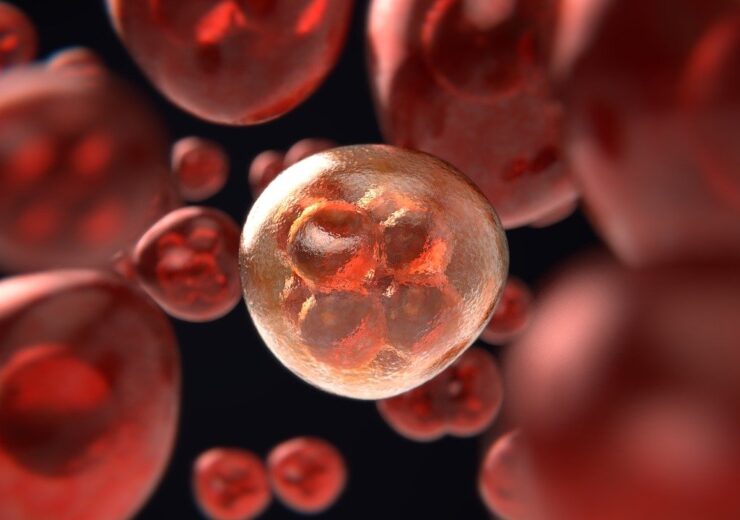SeekIn developed the kit to identify CNA patterns in leukaemia patients based on the shallow whole-genome sequencing

The test can detect CNA patterns in leukaemia patients based on shallow whole-genome sequencing. (Credit: Colin Behrens from Pixabay)
Cancer detection and monitoring technology developer SeekIn announced that its LeukoPrint molecular karyotyping kit has received CE (Conformité Européenne) Mark, clearing the path for the test’s entry into the European markets.
SeekIn developed the kit to identify copy number aberration (CNA) patterns in leukaemia patients based on shallow whole-genome sequencing (sWGS).
The test can assist haematologists in making diagnoses and stratifying patients based on European Leukemia Net (ELN), Revised International Prognostic Scoring System (IPSS-R), or Revised International Staging System (R-ISS) recommendations.
LeukoPrint is suitable for various forms of haematological malignancies outside leukaemias, such as multiple myeloma, said SeekIn.
The company claims that LeukoPrint offers excellent accuracy and sensitivity, and patients can avoid giving multiple bone marrow samples.
SeekIn founder and CEO Mao Mao said: “With the advent of new DNA sequencing technologies, next-generation sequencing (NGS) based genetic testing has been implemented as a routine protocol for cancer diagnosis, risk stratification, and treatment response evaluation.
“LeukoPrint provides a cost-effective and simplified method for prompt and accurate CNA profiling in leukaemia patients. It utilised a standardized protocol that can be readily extended to clinical laboratories worldwide.
“With the advantage of detecting CNAs of short DNA fragments, by incorporating with the routine diagnostic methods, LeukoPrint can benefit the conventional cytogenetics by improving diagnostic yield.”
Mao added: “CE Marking represents a significant milestone for SeekIn in bringing LeukoPrint test to the patients and healthcare providers in Europe. We will continue our efforts to meet additional regulatory requirements in Europe, and to obtain regulatory approvals in the other territories such as China.”
The traditional cytogenetic solution, karyotyping, has been utilised to detect genetic changes in haematological malignancies for many years.
The test provides a panoramic view of chromosomal aberrations but with several limitations like time-consuming and prone-to-failure cell-culturing step, a relatively low resolution that is usually unable to detect submicroscopic changes (10 Mb), and a visual interpretation that is heavily reliant on cytogeneticist experience and disease knowledge.
Leukaemias are a set of potentially fatal malignant blood and bone marrow illnesses that can strike at any age.
